The gift of a red rose – or a bouquet of red roses – is a timeless Valentine’s Day tradition.
But have you ever wondered about the journey these romantic blooms take to reach your loved one’s doorstep?
Perthshire flower wholesaler J van Vliet Zwetsloot operates a huge distribution centre in Kinrossie – and starts gearing up for the Valentine’s bonanza a YEAR in advance.
Assistant general manager Scott McKimmie explains how he and his staff prepare for one of their busiest days of the year.
He says the Dutch company, which has 15 cash and carries in the UK, has distributed more than 200,000 red roses to florists ahead of Valentine’s.
Scott says Friday is traditionally a “really good Valentine’s” for shops.
“If guys don’t buy roses on a Friday they get their heads nipped all weekend!” he laughs.
“There can be quite a lot of peer pressure. It might be folk chatting in offices about how their husbands or boyfriends have given them roses.
“They’ll be on the phone to their other halves, saying: ‘She got roses! Where are mine?”
Scott says there’s a year’s planning – and a lot of blood, sweat and tears – to make Valentine’s dreams come true.
It’s one of the biggest days of the year for the company, alongside Mother’s Day and Christmas.
“We buy roses the day after Valentine’s the year before,” says Scott.
“We give farms a pre-order a year in advance – we rely on them to do a good job.”
He insists on buying only the very best flowers.
“We only buy premium roses that look fantastic, are great quality, and guaranteed to last a minimum of a week, depending on how you look after them,” he says.
“If you want a Ford, you pay for a Ford. If you want a Ferrari you pay for a Ferrari. We’ll sell you a Ferrari, essentially.”
And while about 80% of the roses are red, Scott says they stock a mix of colours, including pink and purple.
The Kinrossie-based wholesaler buys its roses from South America, where the majority of the world’s roses are grown.
These regions – around 5,000 miles as the crow flies from Perth – offer the ideal climate and conditions for cultivating these delicate flowers year-round.
“They’re grown in tunnels in Ecuador and Colombia,” explains Scott.
“Growing roses at such high altitude allows them to receive intense natural sunlight, year-round, increasing our production cycle and producing high-quality roses.
“Essentially, we get a bigger, longer-lasting flower. The quality is second to none.”
He adds that it’s cheaper to buy from South America than Europe, with various taxes and rocketing costs of oil to heat glasshouses in the likes of Holland.
Time is of the essence in the cut flower industry, where freshness is paramount.
Within hours of being picked in South America, the roses are checked for quality and size at the pack house.
They are then packed into refrigerated trucks and transported to the airport ready to fly directly to the UK.
When they arrive here, they undergo a series of rigorous sanitary checks at border control.
They’re then released to be transported by lorries to the Kinrossie warehouse, which is J van Vliet’s hub in Scotland.
From there, the company’s seven members of staff, working in a chilly, temperature-controlled 3C environment, get to work.
“It’s freezing, so we all wear thermals and woolie hats!” says Scott.
“We unpack everything, cut the roses, put them in water, check the quality again and let them revive.
“They’ve been travelling for two or three days. They sit in water for 48 hours so they spring back.
“From there we distribute them to cash and carries and flower shops all over Scotland and the UK.”
Most customers will buy from the firm’s web shop – as opposed to popping in for a look.
The roses are packed in 25 stems before being sent to florists, explains Scott.
“We don’t make any bouquets here,” he adds. “The florists do all the magic. We do the in-between bit.”
The final stage is when the roses arrive at their intended recipients, ready to melt hearts and stir emotions.
Scott, 40, reckons his company will distribute around 200,000 to 250,000 roses this year.
But he adds that it “depends how romantic folk are feeling!”
Will he be gifting anyone flowers this year? Well of course!
“I always get some for my wife,” he says. “Last year she got 25 red roses.”
What happens to any surplus flowers?
Scott hopes there won’t be any, but if there are, they’re given to places like care homes rather than binning them.
His hope is that everyone will have a very happy – and loving – Valentine’s Day.
“There’s such a great buzz around the day,” he says.
“It’s always been about flowers and chocolates – that will never change.
“And seeing people happy and smiling – with their big bouquets of red roses – makes it worth all the stress.”
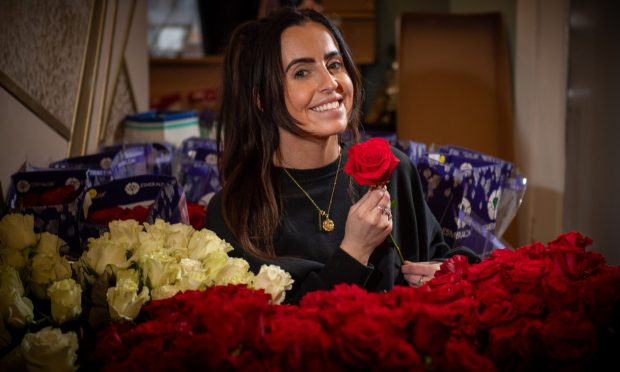
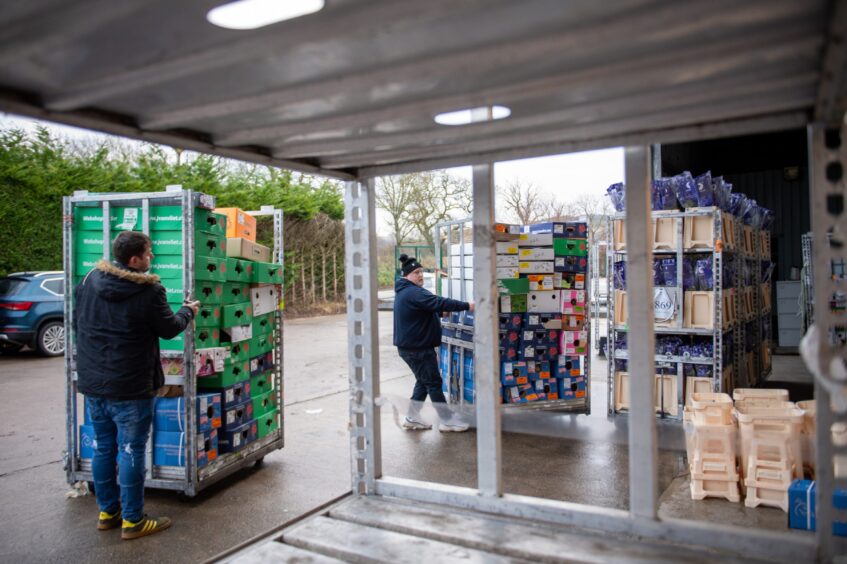
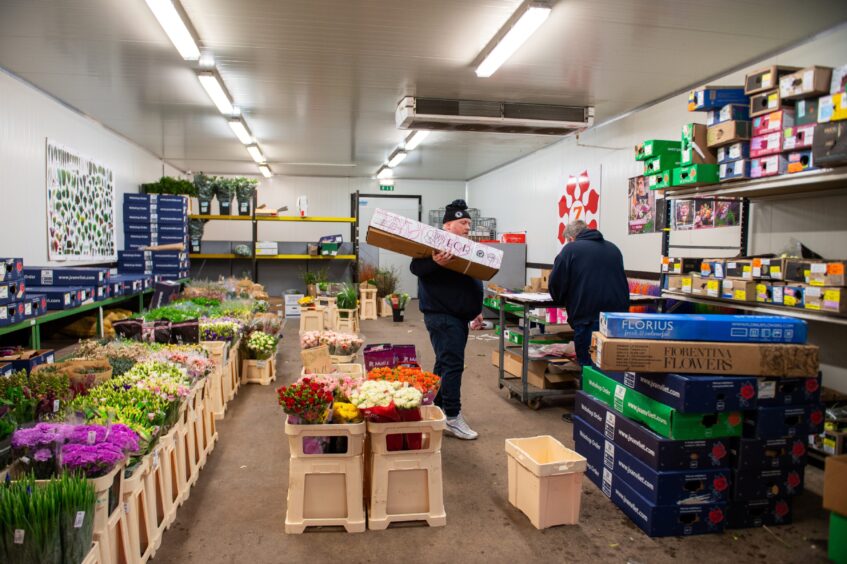
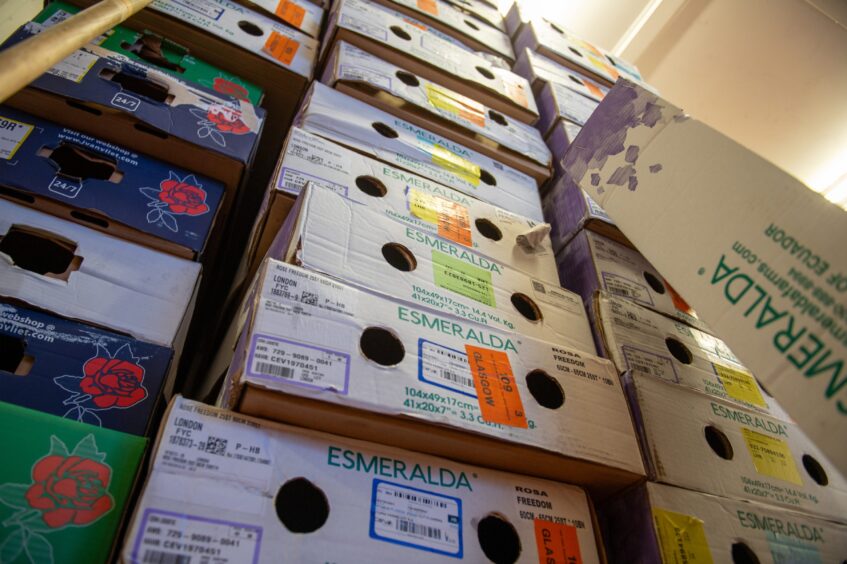
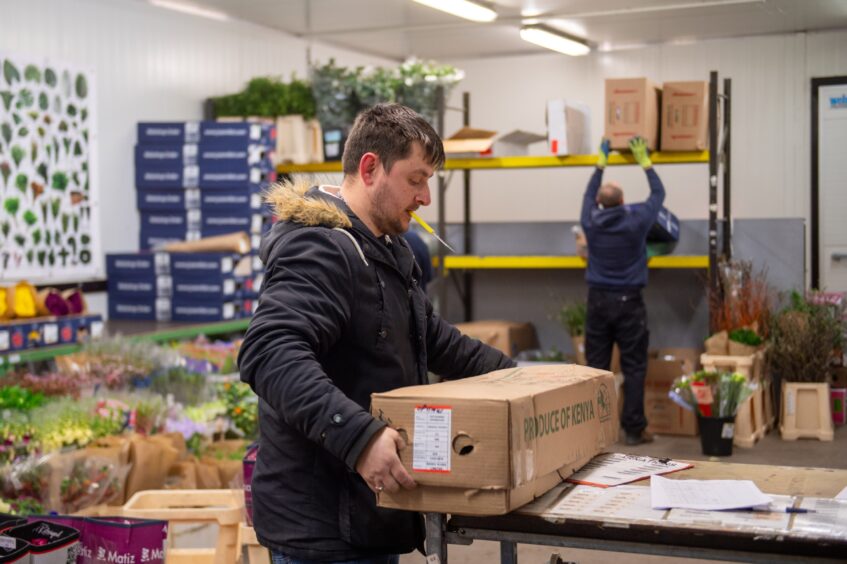
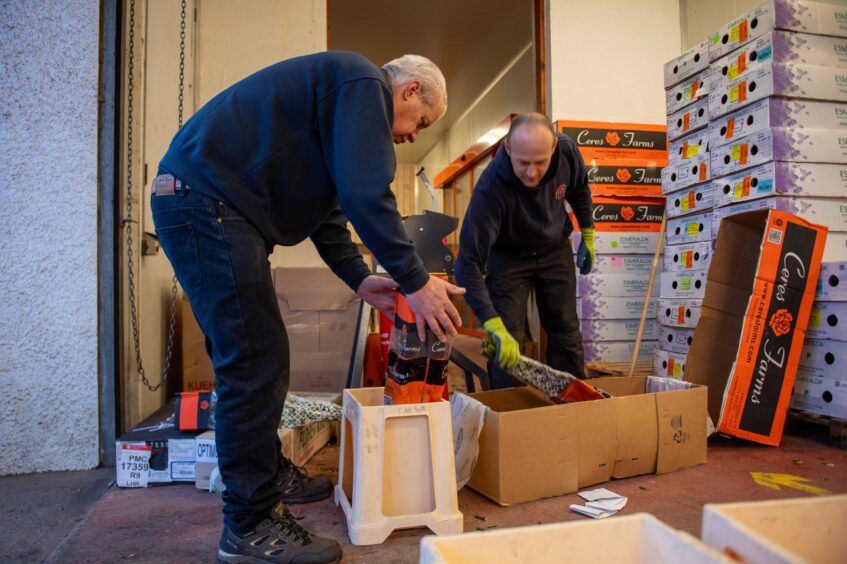

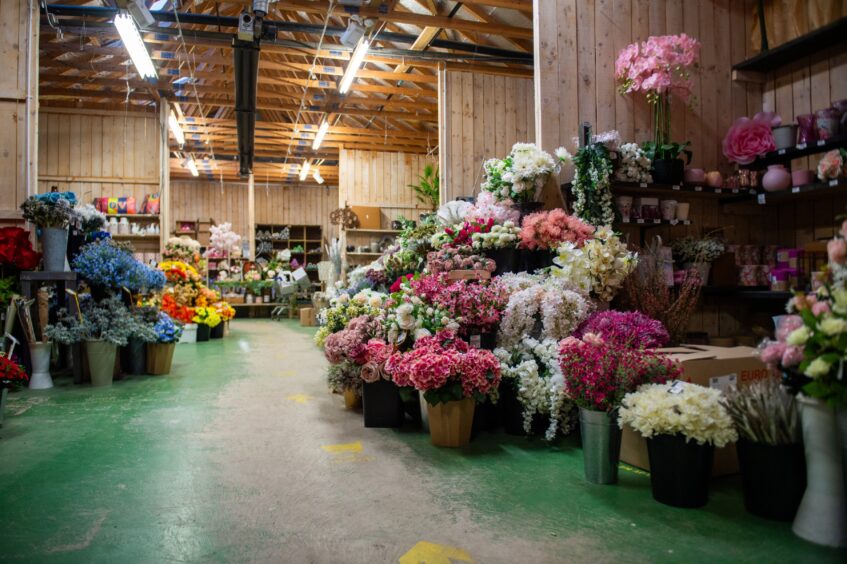

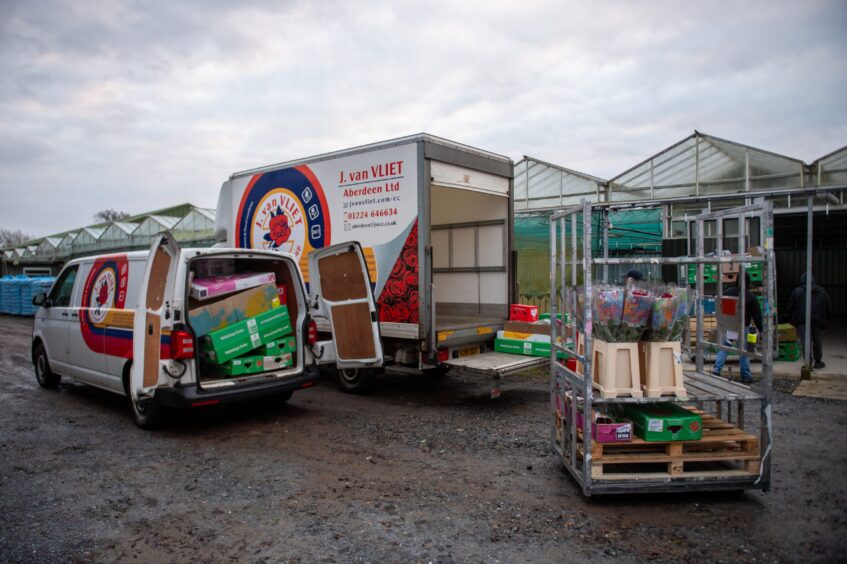
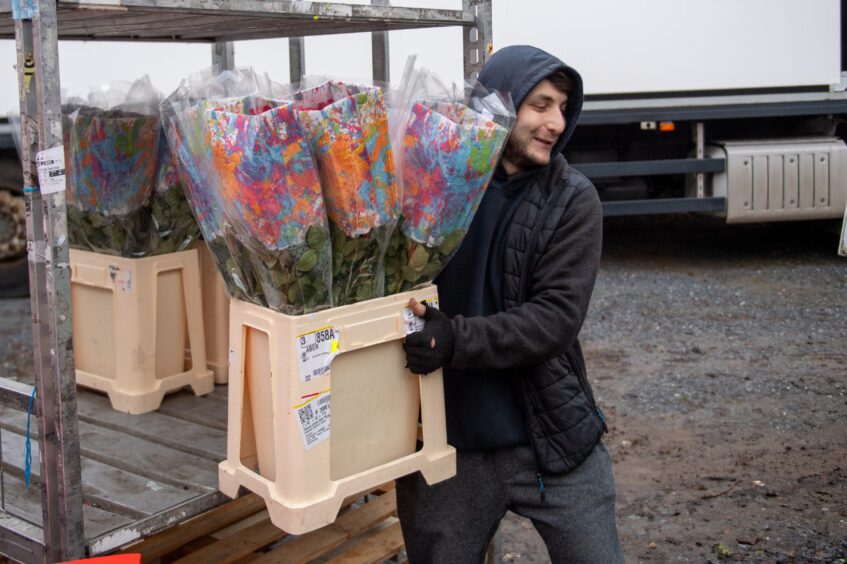
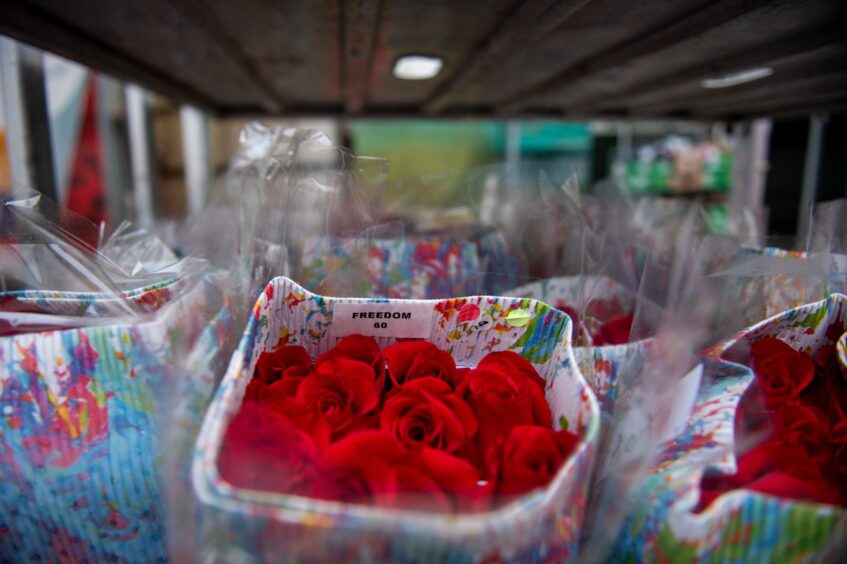
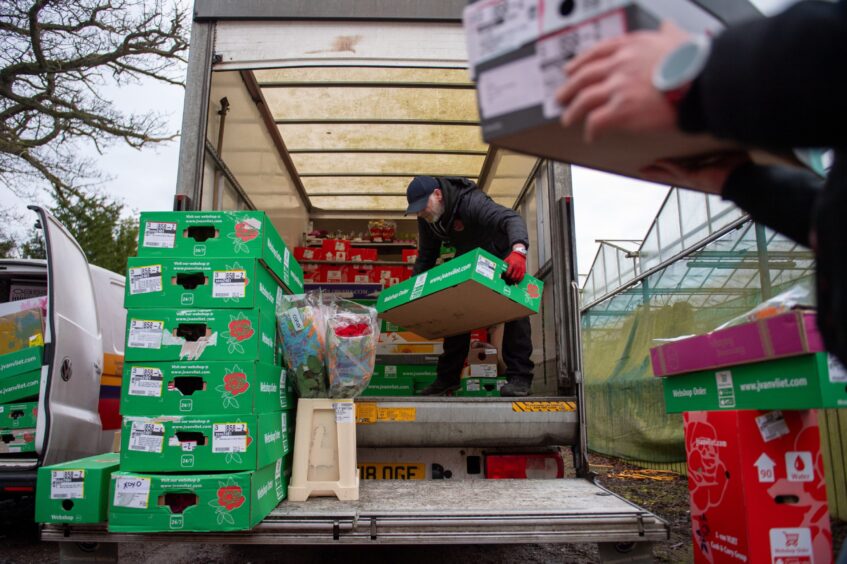
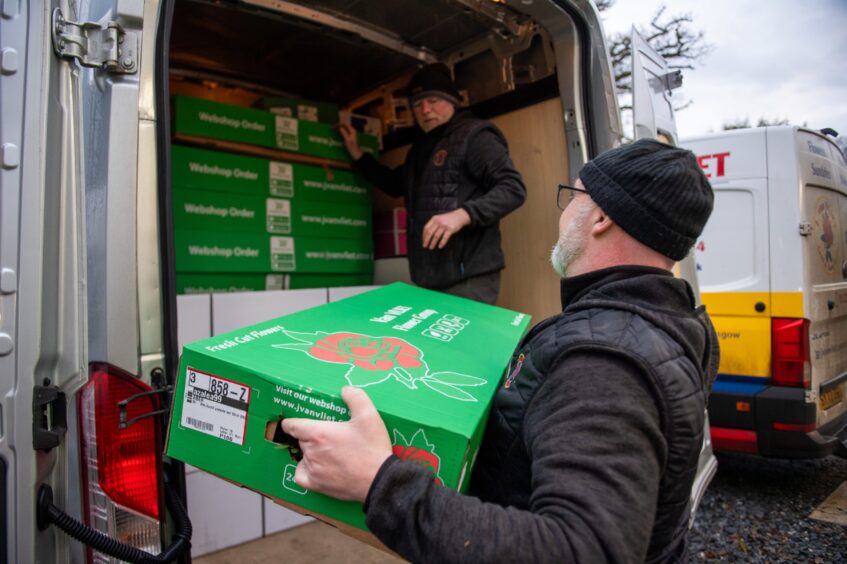
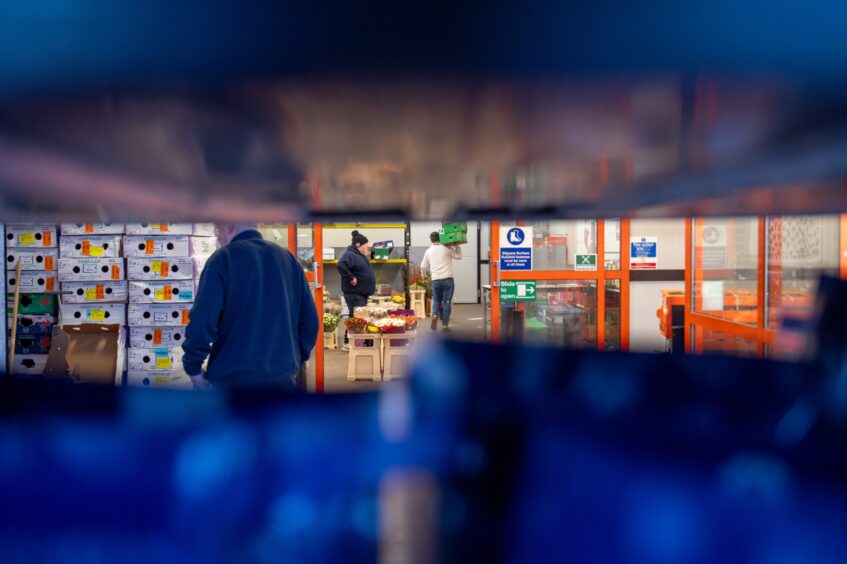
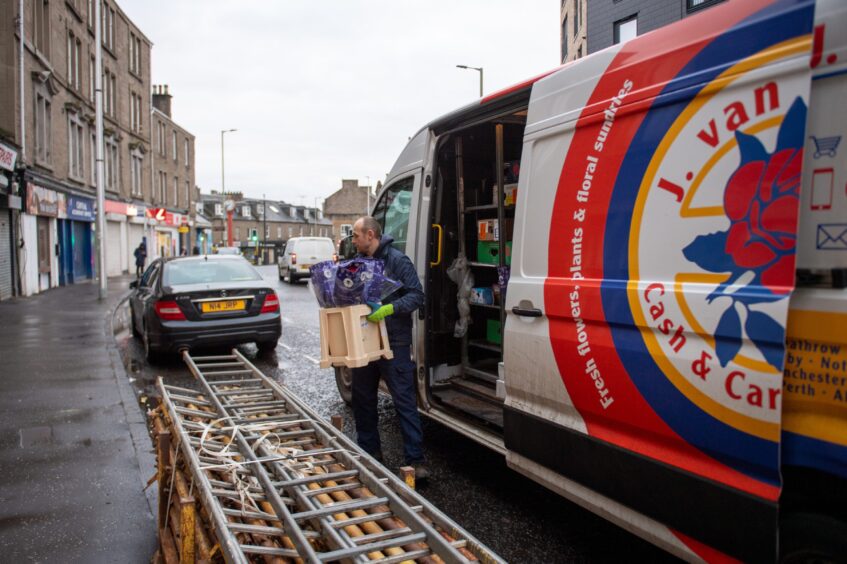
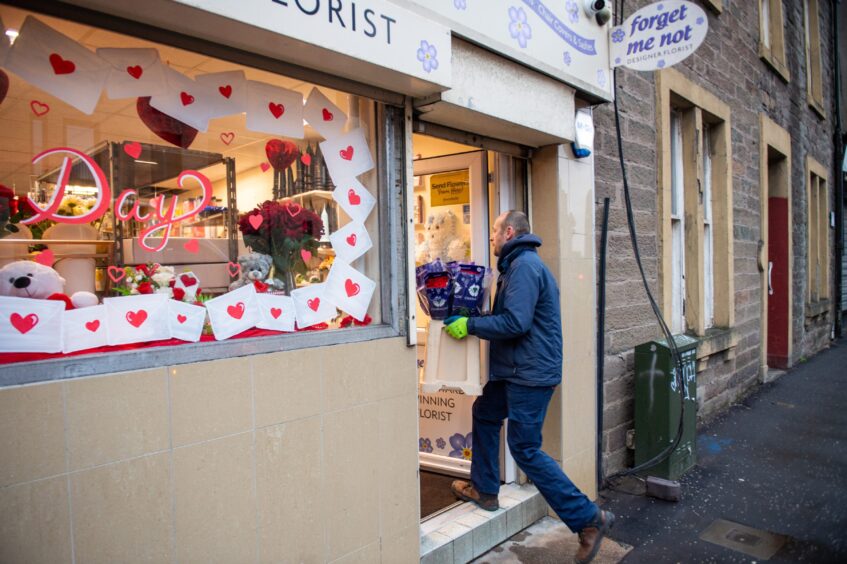
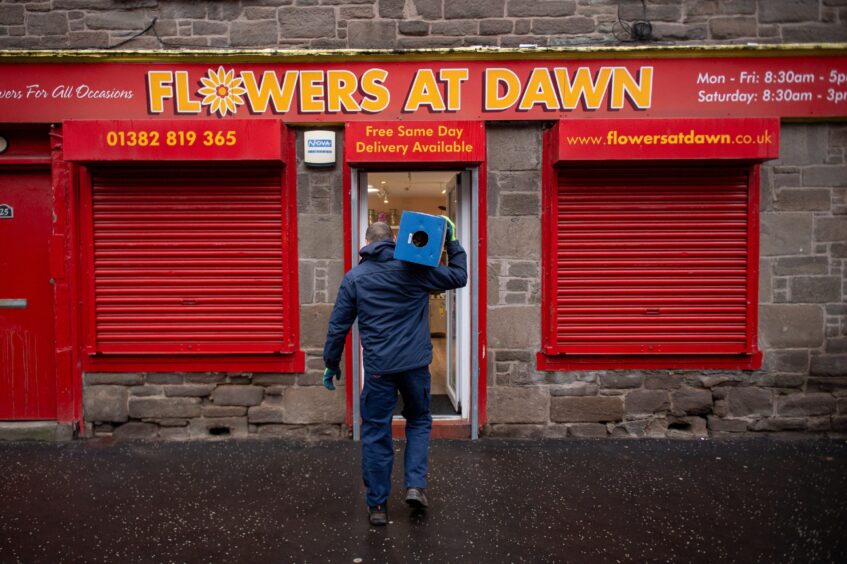
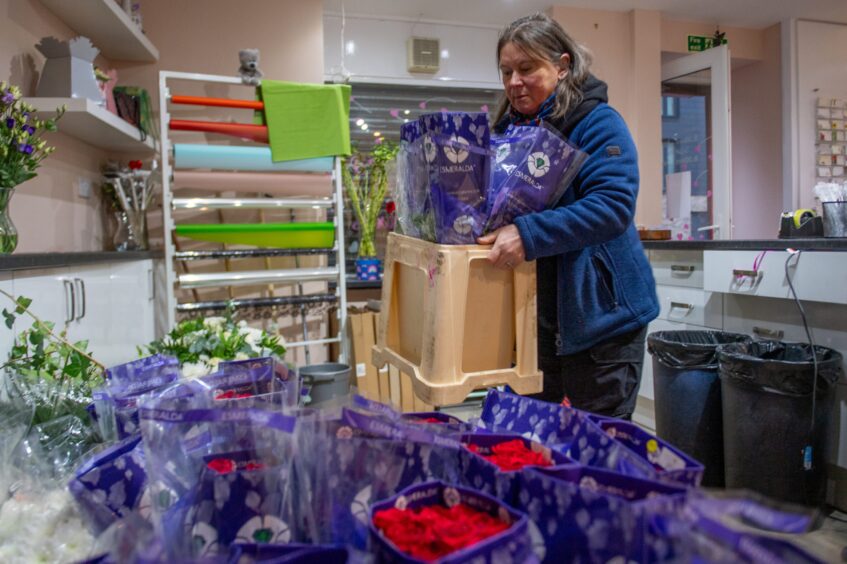
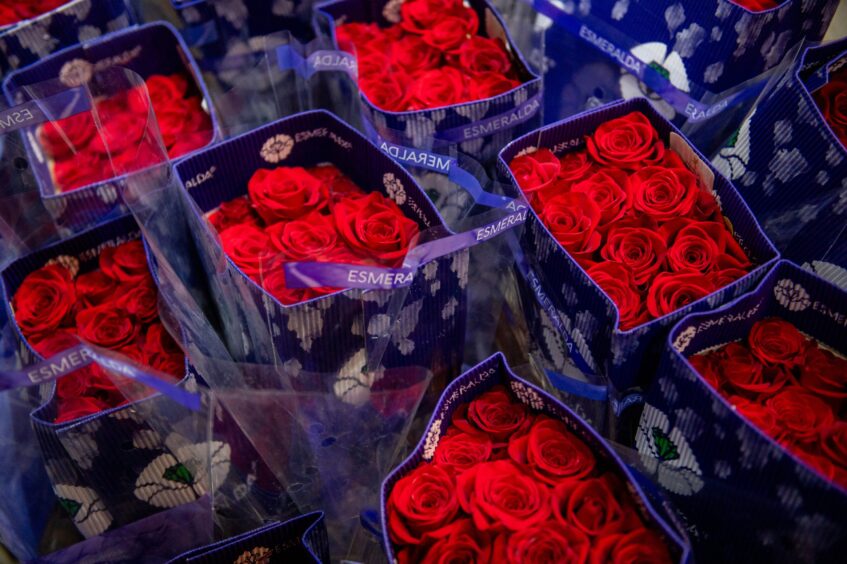
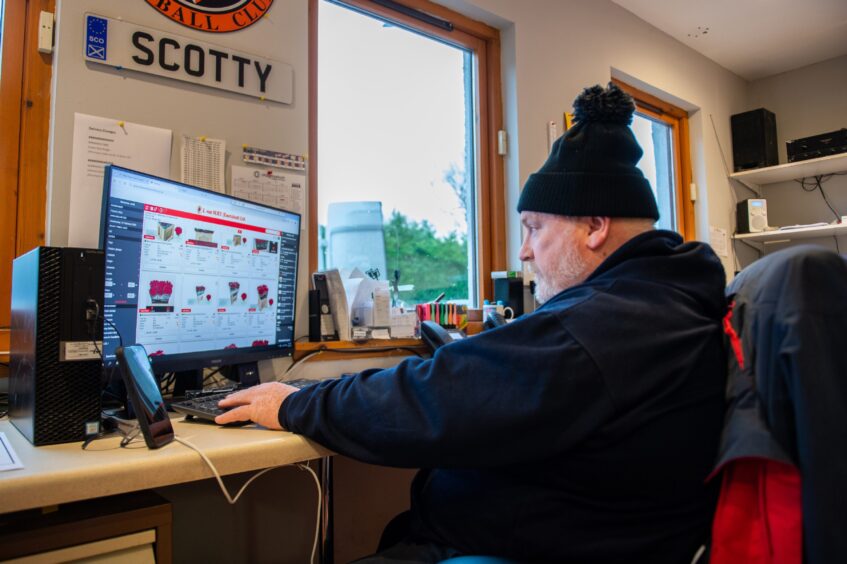
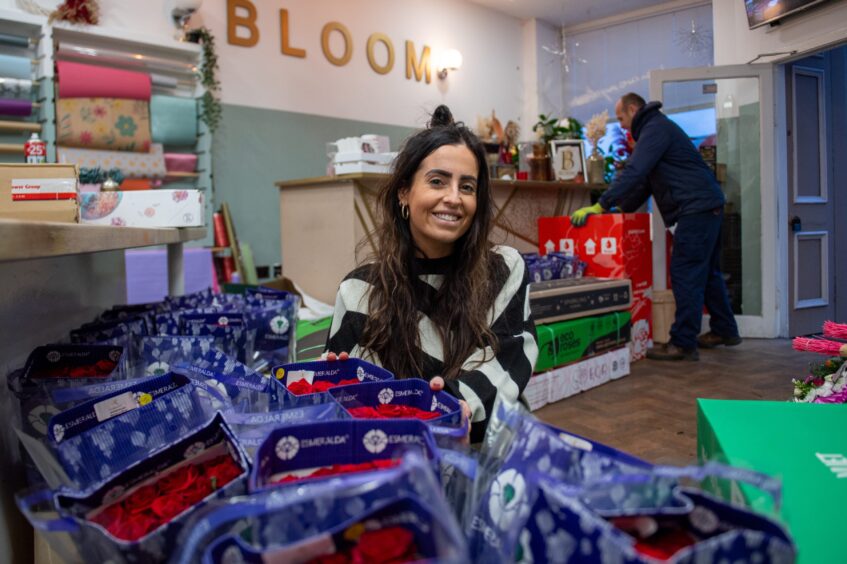
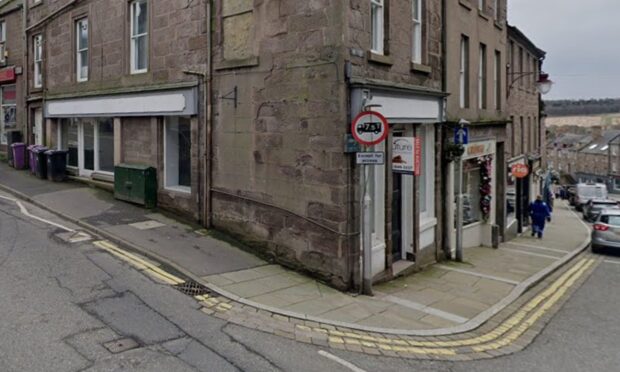

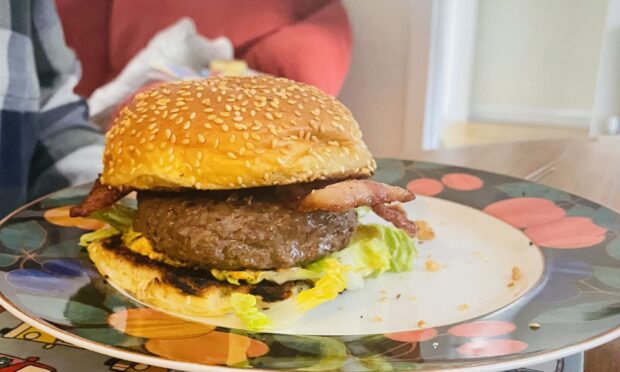
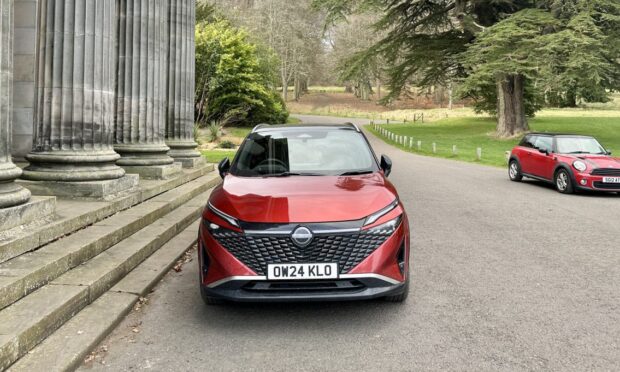

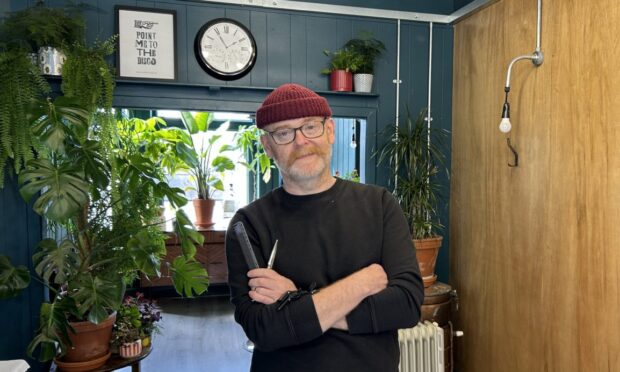
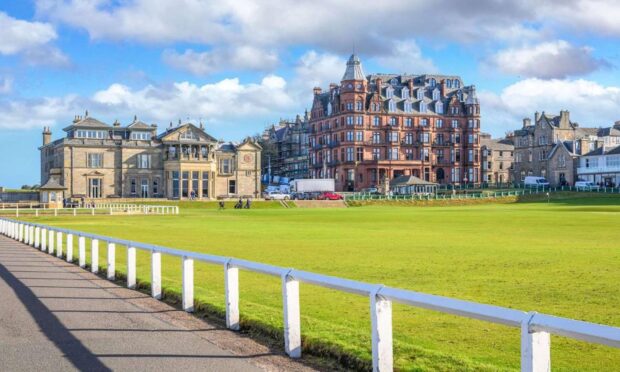

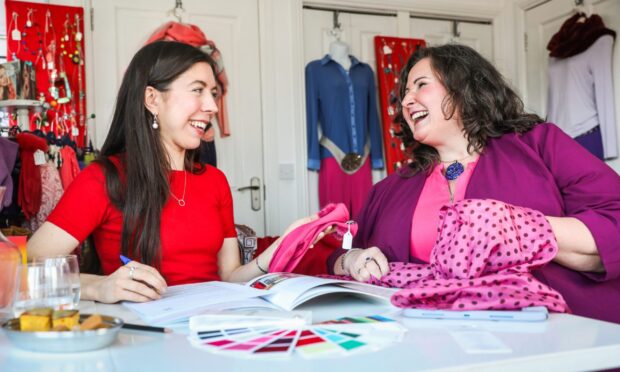
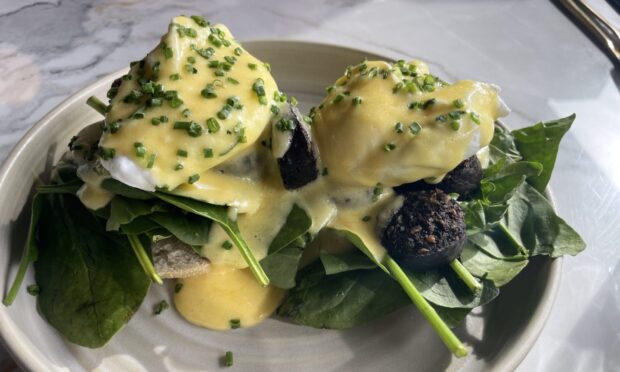
Conversation